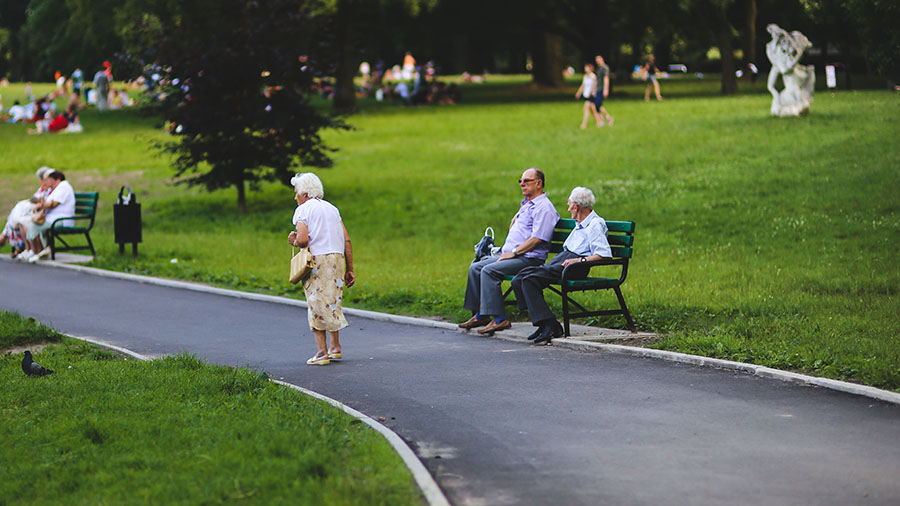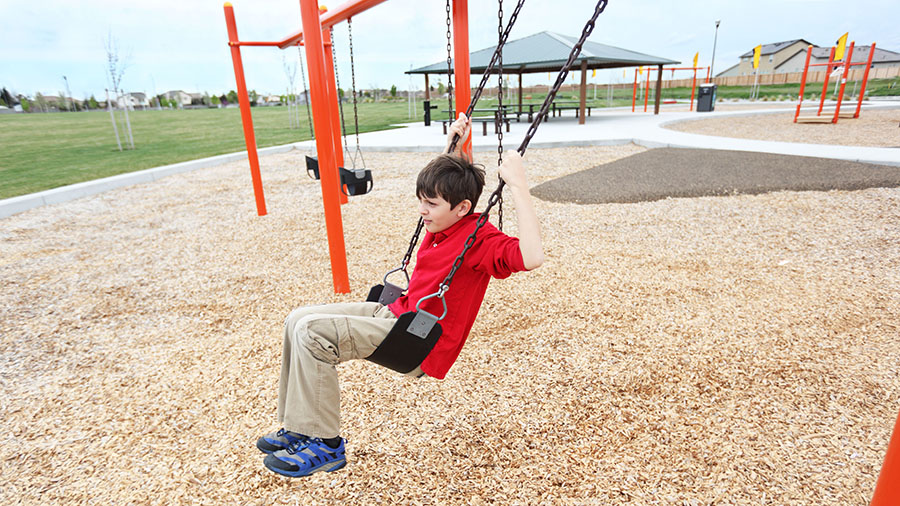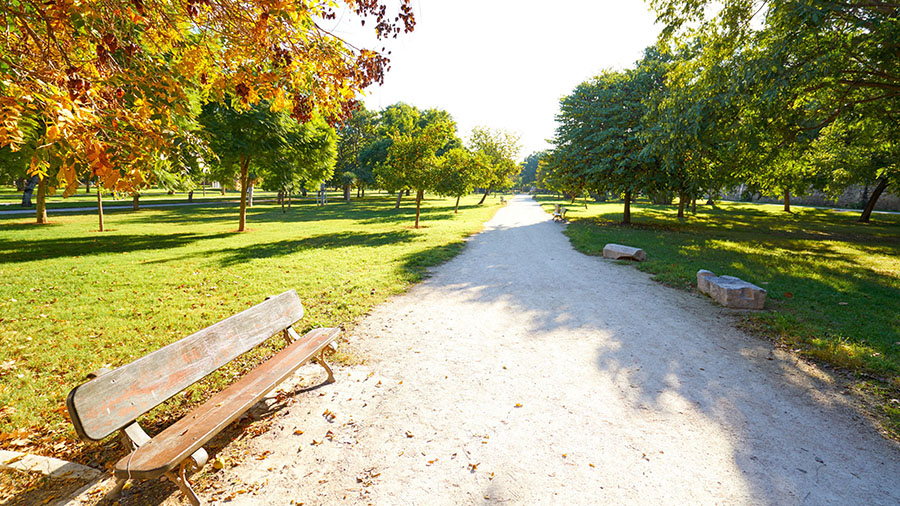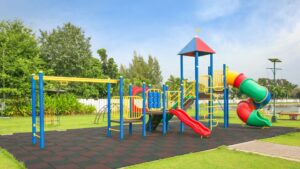Community parks are vital spaces that contribute to the overall well-being of residents. They offer numerous benefits, from promoting physical activity to fostering social connections. By providing a safe and enjoyable environment, community parks create a positive space for people of all ages to engage in various activities. Let’s explore the importance of community parks, their benefits, and how they can enhance the quality of life for residents.

What Is a Community Park?
A community park is a public green space designed to accommodate various recreational activities. These parks typically feature amenities such as playgrounds, sports facilities, walking trails, and picnic areas. Located in urban or suburban areas, they provide residents with a space to relax, exercise, and connect with their community. Whether it’s a large park with sports complexes or a small neighborhood park, these areas are essential for fostering a sense of community and well-being.

Benefits of Community Parks
Community parks play a crucial role in enhancing the social, physical, and mental health of residents. They provide accessible spaces where individuals can enjoy outdoor activities, relax, and engage with nature. Here are some of the key benefits of community parks:
1. Promote Physical Health
Parks provide a safe and accessible space for physical activity, offering recreational opportunities for people of all ages. Whether it’s walking on trails, playing sports, or exercising outdoors, parks help improve cardiovascular health, reduce stress, and promote overall well-being. Spending time outdoors in a park can have a positive impact on physical health by reducing the risk of heart disease, improving blood pressure, and boosting the immune system.
2. Improve Mental Health and Wellness
In addition to physical health benefits, spending time in a park can improve mental health. Parks offer a peaceful environment where people can escape the stress of daily life. Nature has a calming effect, and studies have shown that spending time in green spaces can reduce anxiety, depression, and stress. Parks also encourage social interaction, which helps combat feelings of isolation.
3. Foster Social Connections
Community parks provide a space for residents to come together and engage with each other. They serve as gathering spots for families, friends, and neighbors, fostering a sense of community and belonging. Parks with picnic areas, event spaces, and recreational facilities create opportunities for socializing and building relationships.
4. Enhance Quality of Life
A well-maintained park improves the overall quality of life for community members. It provides an area for physical activities, relaxation, and socialization, contributing to a healthier and more vibrant community. Parks also serve as places for children to play and explore, promoting creativity and social development. Additionally, parks can enhance the aesthetic appeal of a neighborhood, making it a more desirable place to live.
5. Support Environmental Conservation
Community parks also benefit the environment by providing green spaces that help with air purification and environmental conservation. Trees, plants, and shrubs in parks absorb carbon dioxide and release oxygen, improving air quality. Parks with native plants help support local wildlife and preserve biodiversity, creating habitats for birds, insects, and other animals.
6. Boost Property Values
Parks have a positive effect on property values. Homes located near parks are more desirable and tend to have higher property values. Parks make neighborhoods more attractive to potential buyers, as they offer recreational opportunities and green spaces for residents to enjoy. This increase in property values can also lead to higher property tax revenue for local governments.
7. Create Safe Gathering Spaces
Parks provide safe environments for families and individuals to gather, play, and socialize. Well-maintained parks with proper lighting, regular upkeep, and supervision offer a secure setting for kids and adults alike. Parks contribute to the safety of a community by providing spaces where people can interact and enjoy outdoor activities, reducing the likelihood of crime in the area.
8. Encourage Active Play for Children
Community parks with playgrounds and open spaces encourage children to play outside, improving their physical health and cognitive development. Active play helps children develop motor skills, coordination, and social skills. Parks with accessible playground equipment ensure that children of all abilities can participate in play, fostering inclusivity and teamwork.
9. Reduce Crime and Promote Safety
Research shows that well-maintained parks can reduce crime and improve neighborhood safety. Parks provide a space where people are more likely to gather and engage in positive activities. Increased community presence in parks can deter criminal activity and create a safer environment for residents.
10. Reduce Urban Heat Island Effect
In cities, parks and green spaces help mitigate the urban heat island effect, where cities become significantly hotter than surrounding rural areas due to the absorption of heat by concrete and buildings. Parks with trees and vegetation provide shade and lower temperatures, making the surrounding area more comfortable during hot weather.

Why Are Parks Important for Communities?
Community parks serve as vital hubs for recreation, environmental conservation, and social engagement. They provide a range of benefits that improve the quality of life for residents, from physical and mental health to fostering community spirit. Parks play an essential role in connecting people with nature and with each other, promoting a healthier, more active lifestyle.
Conclusión
Investing in community parks benefits residents and the environment alike. Parks provide spaces for physical activity, social interaction, and relaxation, contributing to a stronger, more connected community. Whether you’re looking to improve public health, increase property values, or create safe gathering places, community parks are an essential part of any neighborhood.





